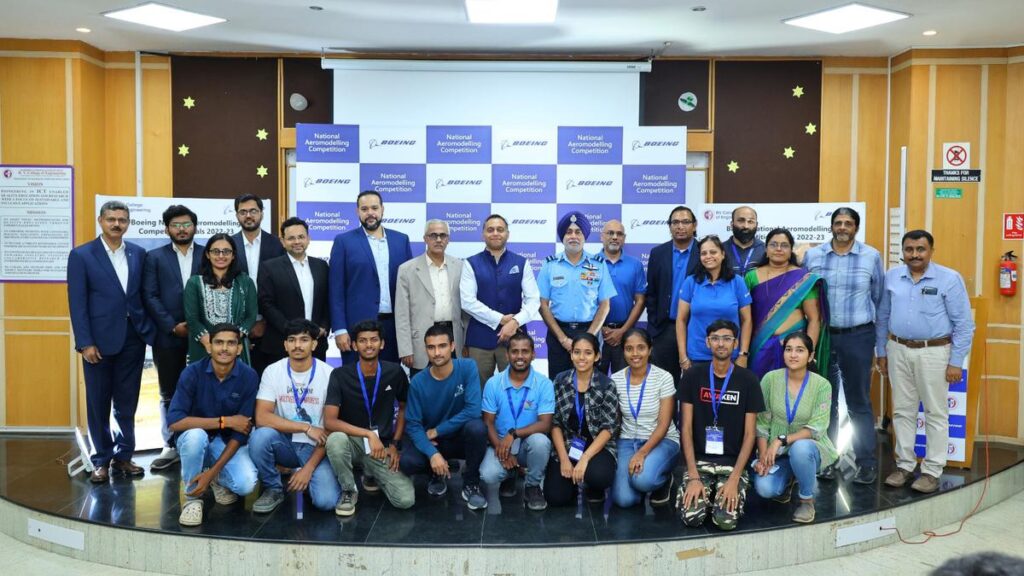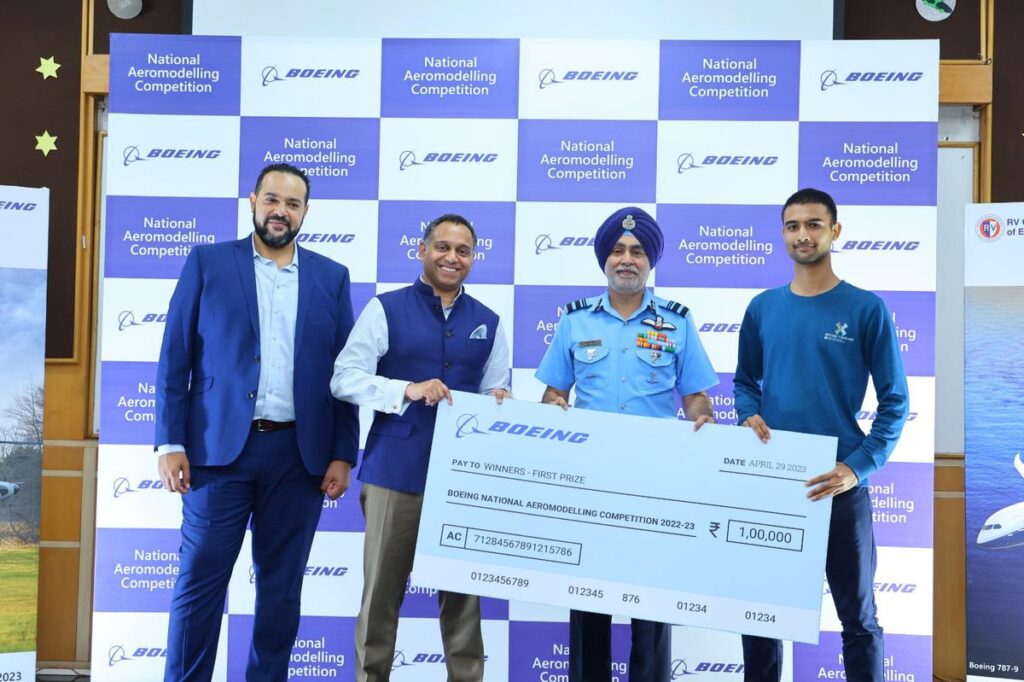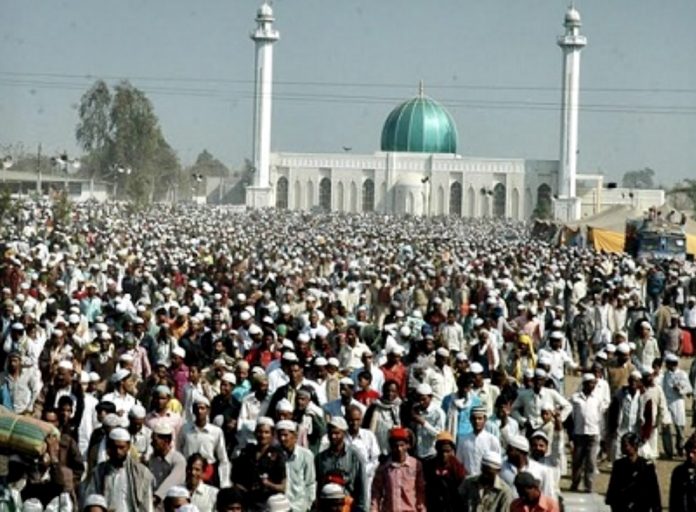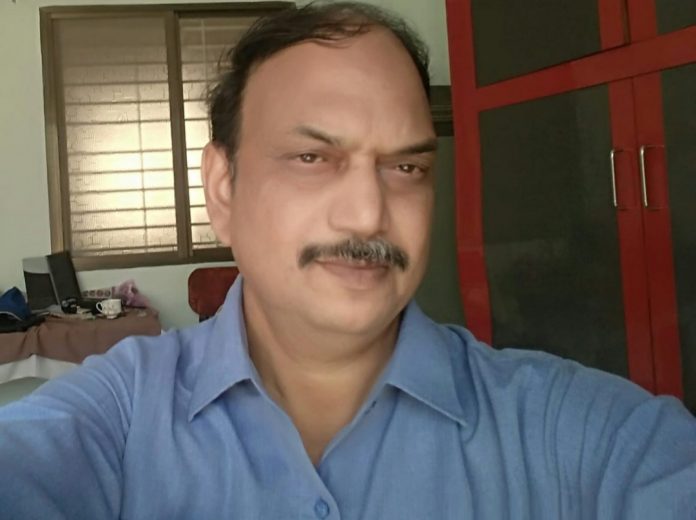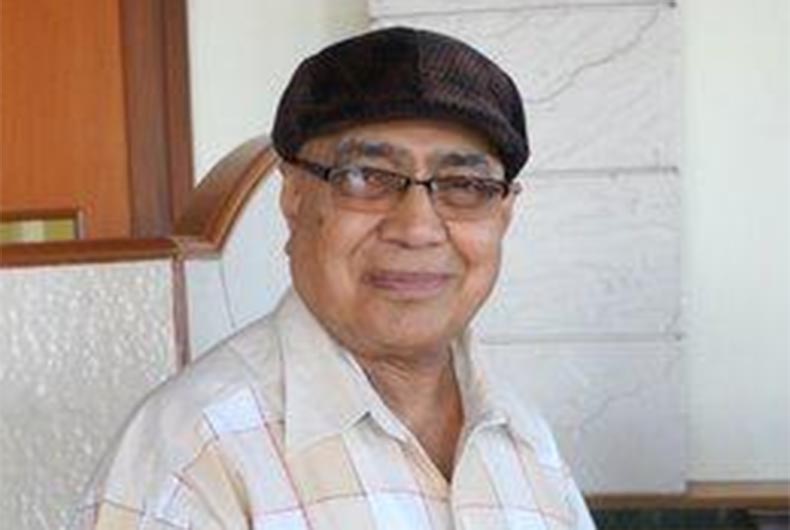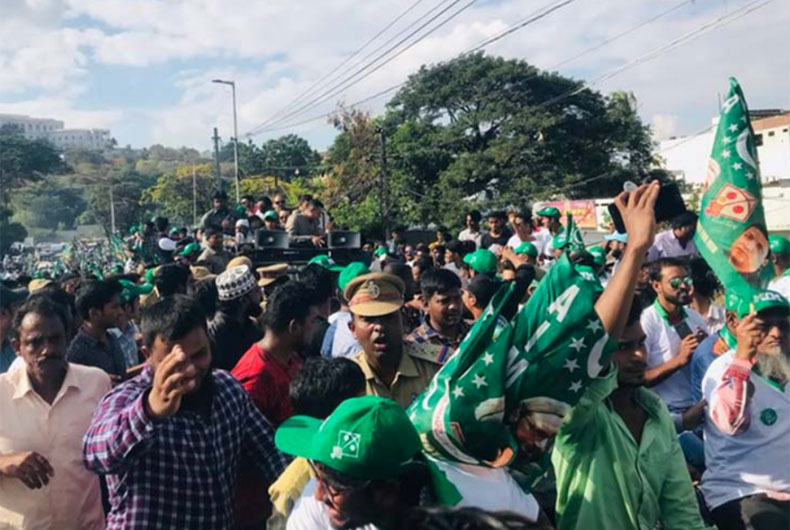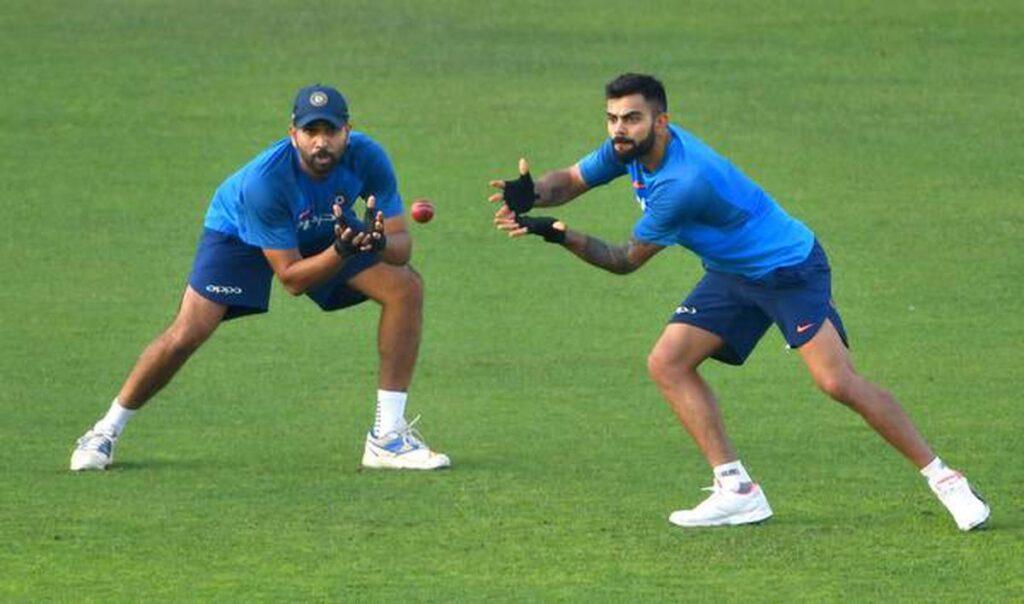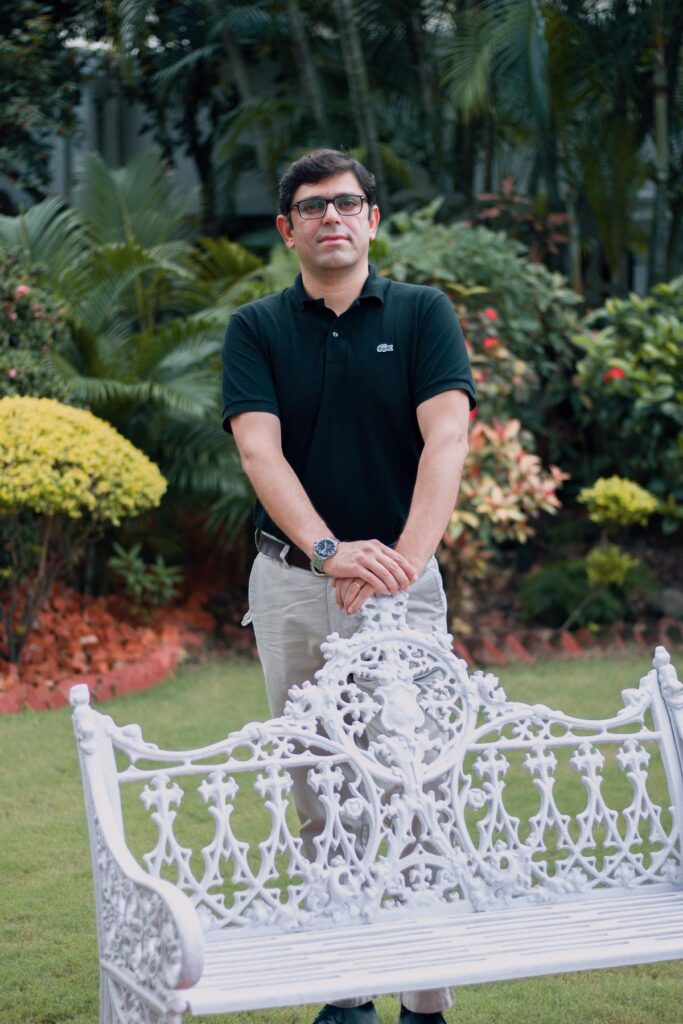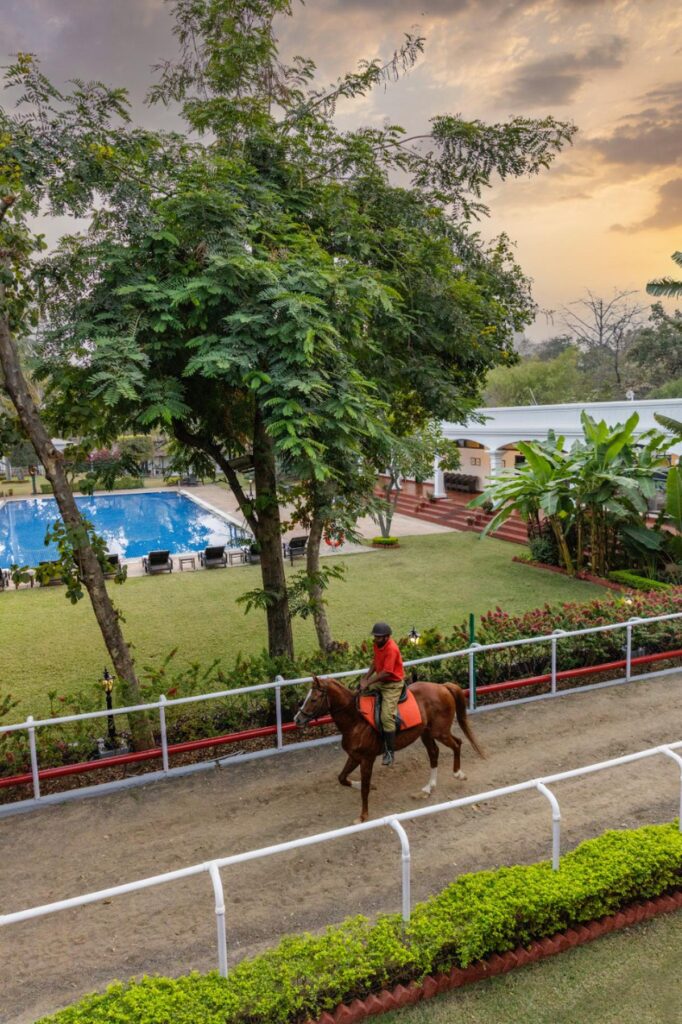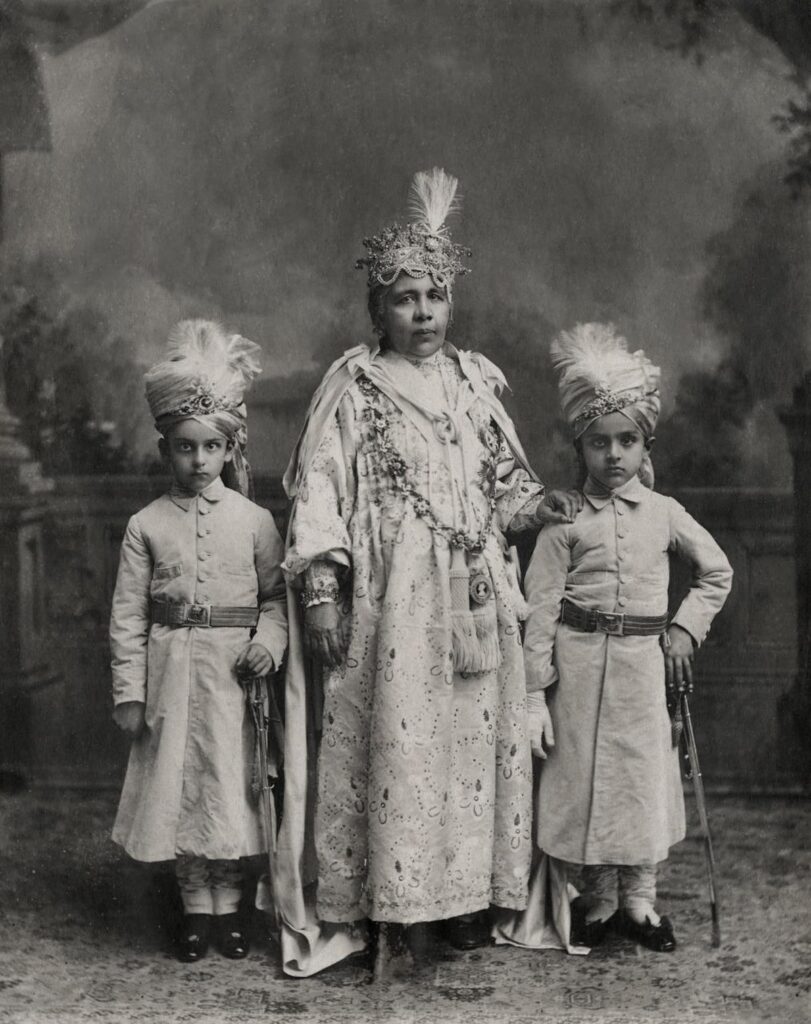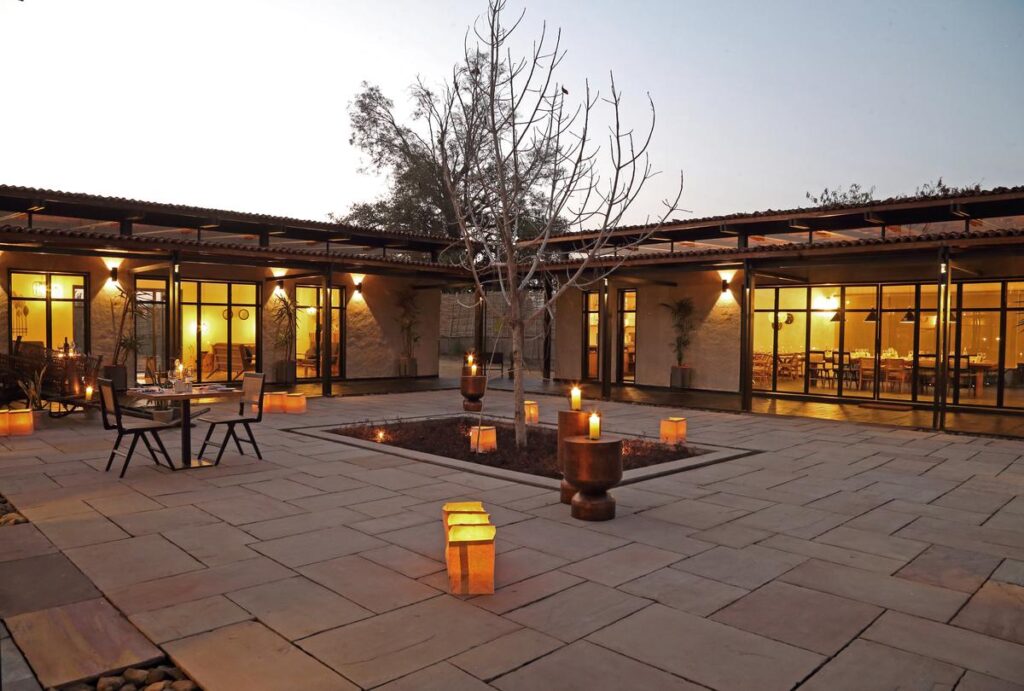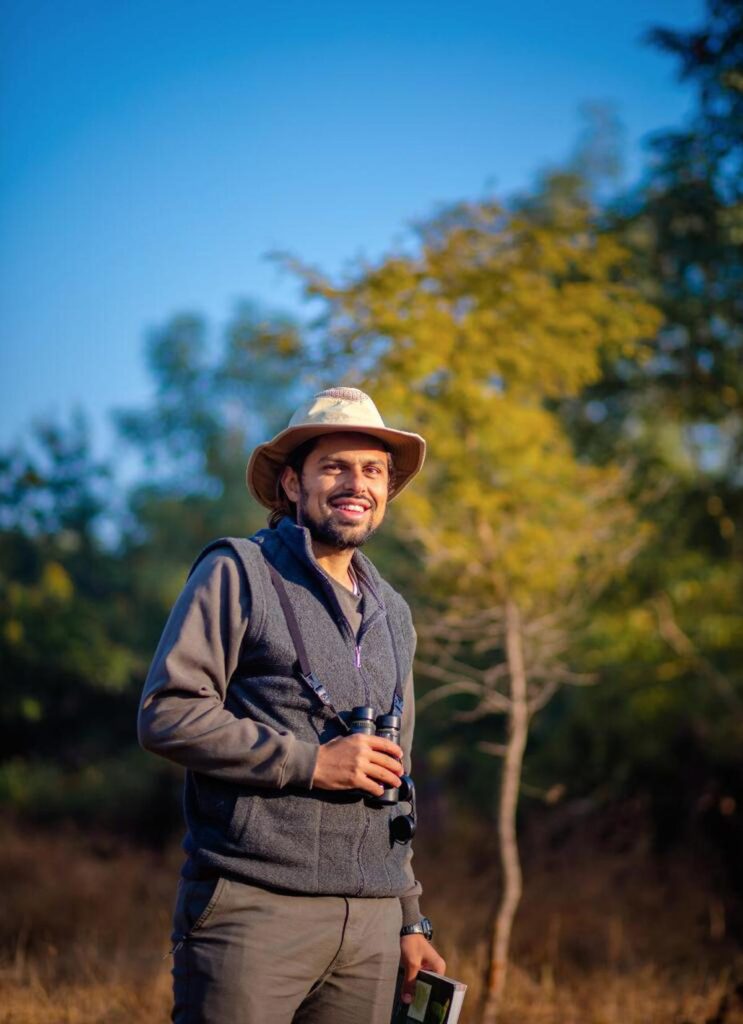Bhopal , MADHYA PRADESH:

New Delhi :
Mohammad Affan Khan of Bhopal, Madhya Pradesh, has helped over 200 Imams, who are in charge of mosques and not paid well, to start their small businesses to supplement their incomes and live with dignity.
Speaking with Awaz-the Voice Mohammad Affan said to begin with he contacted the Imams of Bhopal and nearby areas to understand their conditions. His friends also came forward to join this mission.
They contacted the Imams of different mosques to gather information about their financial status and to their shock found out that most of them lived in poverty and some young people were even contemplating contemplating leaving their job that otherwise is socially prestigious.
“We heard them and realized why many young Imams were leaving their jobs. After that, we complied the statistics.”
He discussed it with his group of friends and everyone agreed that the Imams should run shops in neighbourhoods so that they can make money by selling stuff.
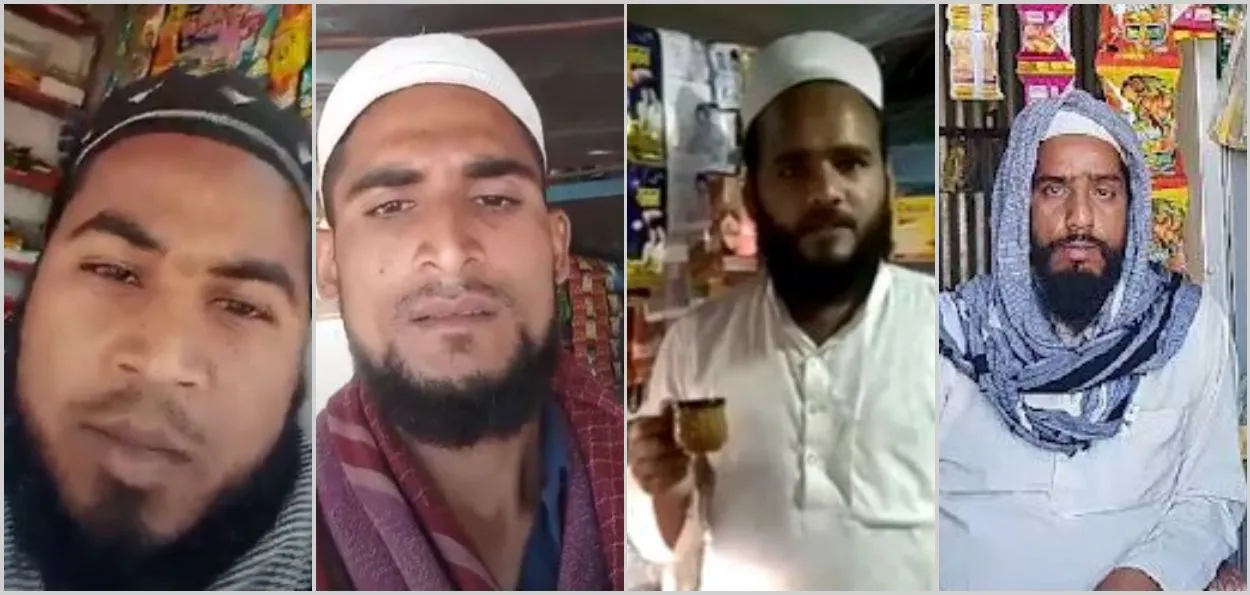
“We started by giving Rs.10,000 to each Imam. In the first instance, five Imams were assisted to start general stores in their localities. “We asked the Imams to experiment by starting their business and leave everything to Allah.”
Affan Khan sent a message of his intent to his relatives and friends and requested them to help with Zakat as the financially weak imams were eligible to receive it.
“I wrote to them that if everyone helps the mission could be extended and the lives of many could change. This will also solve the problem of imparting religious education to the children, who feared their Imam would run away leaving them in the lurch.
“As we traveled further down the road, we realized that not every Imam can run a grocery store as many areas have already such stores. This is the reason that other Imams were taught skills for starting a source of livelihood.”
Some of the Imams were helped to open tailoring shops, some opened four mills. Some of them started selling clothes, while some started making metal pots.
Affan Khan said he and his team didn’t expect this mission to be so successful.
In a year, the group has helped some 200 Imam start and run their businesses.
Later the Association of Muslim Professionals joined in this mission enabling Affan and his friends to help more Imams. The AMP joined in the campaign in a big way as it counseled the Imams to upscale their businesses.
It is worth noting that these stores gradually increased the volumes of their business as locals wanted to buy from their Imam and asked them to stock everything.
This made them do brisk business and today they have helped Imams in opening 222 shops.
source: http://www.awazthevoice.in / Awaz, The Voice / Home> Stories / April 13th, 2024
